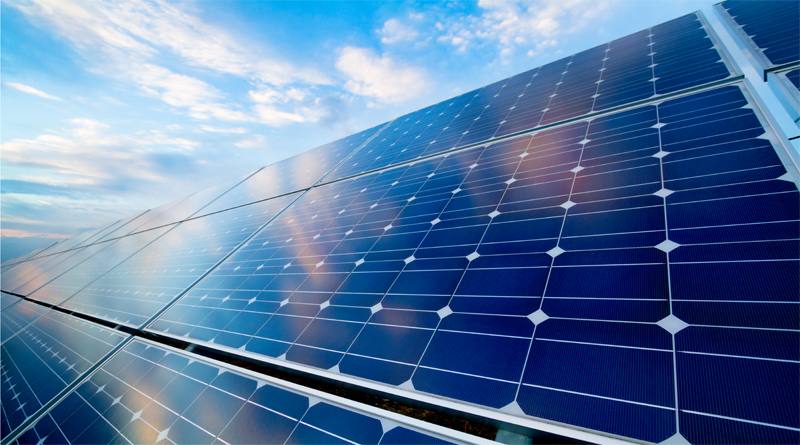In the face of persistent power shortages and climate challenges, one Zambian family’s transition to complete renewable energy independence has become a beacon of hope for households across southern Africa.
Felix Chisha, an environmentalist, led his family in a bold move to embrace renewable energy entirely. After relocating to a farm west of Lusaka, they combined solar power with liquefied petroleum gas (LPG) to achieve grid-free living.
Their system, which has supported them for seven years, underscores the potential of alternative energy solutions.
Renewable Energy: A Reliable Alternative in Zambia
The Chisha family’s decision to switch to 100% renewable energy came as southern Africa grappled with energy insecurity. Recurring droughts and extreme weather have exposed the vulnerabilities of the region’s reliance on hydroelectric power.
“So now at the farm, I use 100 percent renewable energy—that is LPG for cooking and solar for lighting, refrigeration, and entertainment,” Chisha explained. “Even if a power source had been nearby, I never planned to use it because I believe in alternative energy.”
Their solar-powered system efficiently supports modern appliances, ensuring uninterrupted access to conveniences like cold storage and device charging.
Solar Technology Advances Address Concerns
One common concern about solar power—reliability during cloudy weather—has been mitigated by recent advancements in technology.
“Today’s solar panels can charge even on cloudy days as long as there is sunlight behind the clouds,” Chisha noted. “People need to move away from the notion that they won’t get energy from solar, even when a panel is in a shadow.”
Also See: Will Botswana’s Solar Energy and Cannabis Strategy Revitalize Its Economy?
Economic and Environmental Benefits of Renewable Energy
Although the upfront investment in solar infrastructure can seem daunting, the long-term savings make it worthwhile.
“The initial cost might appear expensive, but over time, it becomes a drop in the ocean. You enjoy uninterrupted power without disturbances,” Chisha emphasized.
After seven years, the family has incurred minimal maintenance costs, with only the original batteries and inverters nearing the end of their lifespan.
Challenges in Adopting Renewable Energy in Zambia
Despite its benefits, renewable energy adoption faces hurdles. The high cost of LPG makes it inaccessible to many households, while the lack of regulation in the solar equipment market allows substandard products to flood the market.
“LPG is on the higher side, and the government needs to lower costs to encourage more people to use it,” Chisha said. “We also need stricter regulation to ensure only quality solar products enter the market. Poor experiences with low-quality systems will discourage others from making the switch.”
Also See: Batelco Pioneers Renewable Energy: Region’s First Off-Grid Mobile Site Cuts Carbon Emissions
Renewable Energy as a Solution for Southern Africa
Chisha’s experience demonstrates that renewable energy can provide reliable, sustainable solutions to the energy challenges facing southern Africa. With minimal maintenance and no ongoing utility costs, solar energy offers a practical path to energy independence.
“As climate change continues to affect hydropower, embracing alternative energy sources like solar is critical for reducing reliance on the national grid,” Chisha stated.
The Chisha family’s success serves as a model for households across southern Africa, proving that complete renewable energy independence is achievable, even amid economic and environmental challenges. Their journey underscores the urgent need for supportive policies to make renewable energy accessible and affordable for all.
Africa Brief
Read More:















